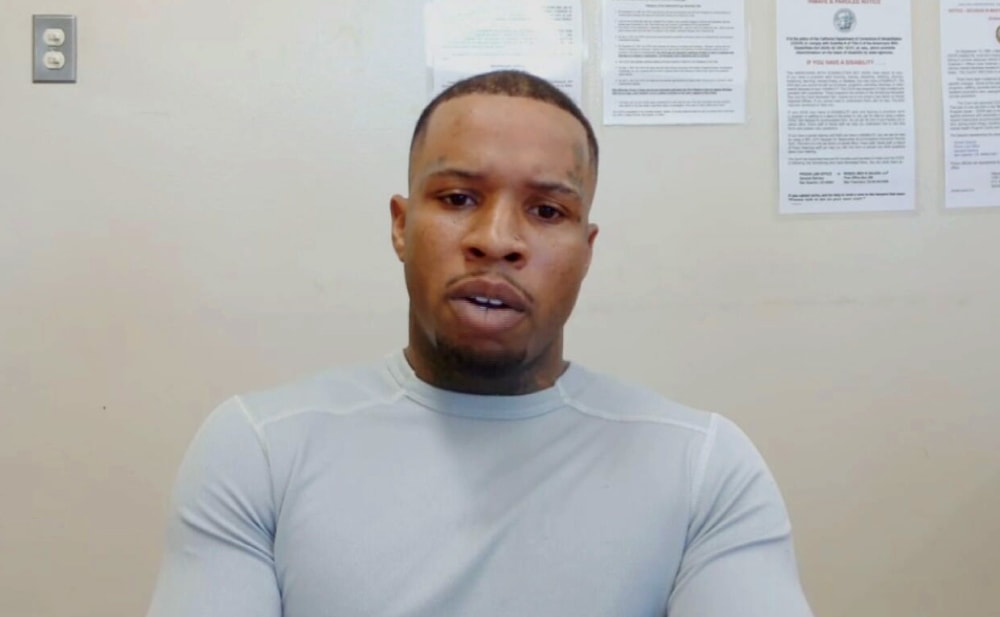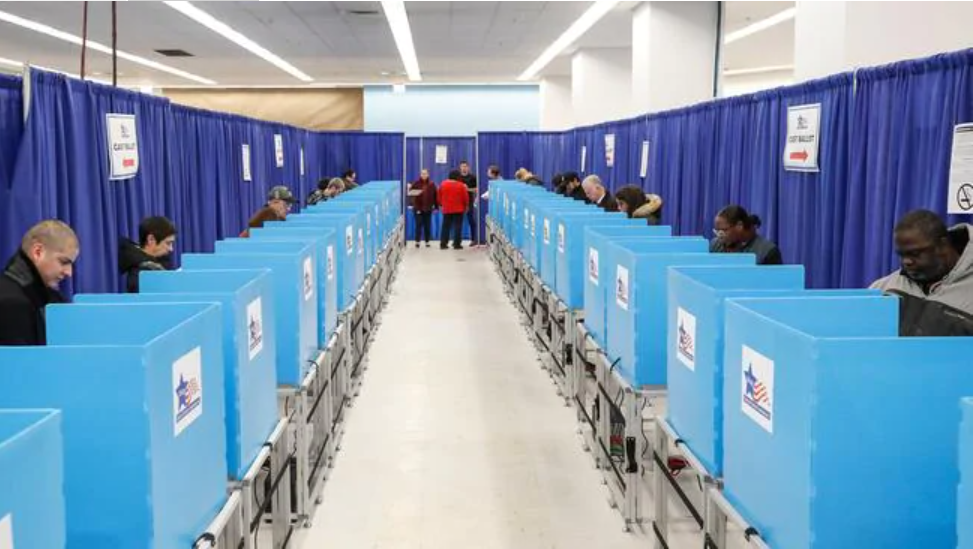
This article is more than
6 year old
Unlike in Australia, where everyone of voting age is lured to polling booths on election day by the smell of a sausage sizzle and the risk of a fine, voters in the United States don't all share the same motivations.
Voting in the US presidential election is not compulsory, which means voter turnout is lower and parties have to work harder to earn votes.
When pushing to have their candidate elected, American political parties have to mobilise voters to both get out to vote in the first place and then actually vote for them, and doing this can prove difficult. It's a problem that motivated former US president Barack Obama in 2015 to raise the idea that voting should be compulsory.
“It would be transformative if everybody voted,” Mr Obama said. "The people who tend not to vote are young, they're lower income, they're skewed more heavily towards immigrant groups and minority groups.”

SO HOW MANY PEOPLE ACTUALLY VOTE?
At the 2016 election, about 60.1 per cent of eligible voters cast ballots. When Mr Obama was elected in 2008, 61.6 per cent of the population voted, which was the highest voter turnout in 40 years. Though recent turnouts have been higher than in previous decades, these numbers are down from their highs in the 1800s, where it was common for elections to see a voter turnout regularly above 80 per cent.
Interestingly, voter turnout varies enormously from state to state. At the last election in 2016, Hawaii had the lowest turnout, at just 43.2 per cent. Minnesota had the highest election participation, with 74.7 per cent of eligible voters casting ballots.
A study by the Pew Research Centre in 2018 found that the US trailed most developed countries when it came to voter turnout, ranking 26th out of 32 countries in the OECD.
WHY DON'T MORE PEOPLE VOTE?
Reasons for low participation across the can vary from ease of access to polling stations to simply having better things to do.
The presidential election is held on a Tuesday, a working day of the week, meaning many voters may not have the ability to leave their jobs or other commitments to cast a ballot.
There's also a suggestion that polling stations can be chaotic with long lines and confusing methods of voting which can vary from state to state or district to district. Turnout can also be low in some non-swing states where people perceive their vote as not being likely to make a difference to the outcome of the election.

WHY AMERICANS VOTE ON A TUESDAY
The presidential election has been held on a Tuesday since 1945. Prior to that, election days varied by state – but because the US was still a largely agrarian society, early November was the prime time to vote because the harvest was over but the weather was still mild.
Friday, Saturday and Sunday were considered days of worship, so were discounted – and Wednesday was considered market day.
For most farmers, it would take a full day to travel to their nearest town by horse and cart to cast their ballot – meaning if they left on the Monday, they’d arrive to vote on Tuesday.
And thus, the tradition was born.
DO MANY COUNTRIES HAVE COMPULSORY VOTING?
Australia is actually one of only a few countries where voting is not only compulsory but also enforced. Fines can be issued for eligible voters who do not have a good enough reason for not voting.
In Australia, and other countries who have compulsory voting, such as Belgium, voter turnout is among the highest in the world.